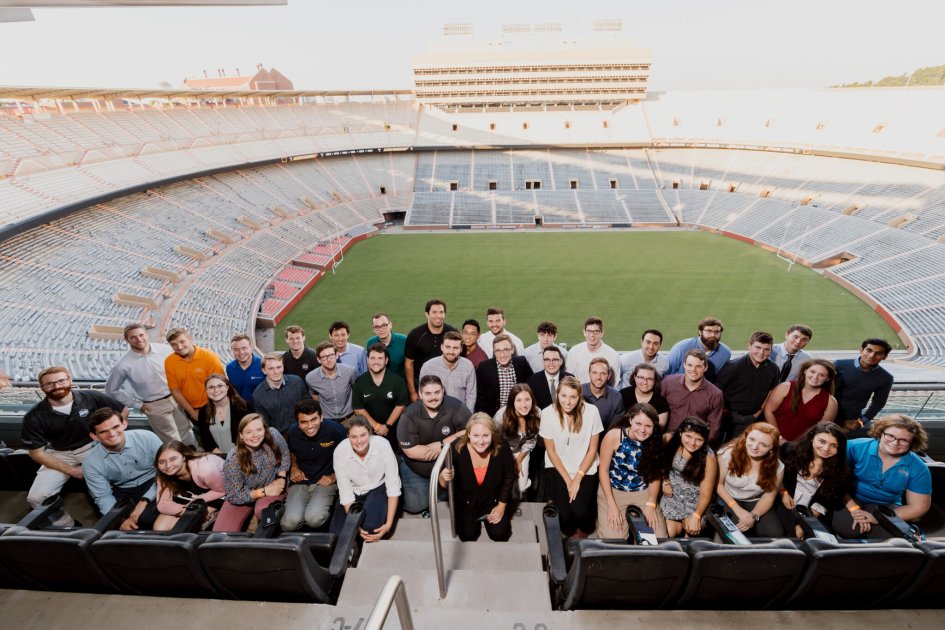
“The students who have been involved with IACMI projects will have a ripple effect in manufacturing for decades to come.” That’s Vanderbilt University professor Doug Adams, talking about the exponential impact from IACMI’s internship program from 2016 - 2020. We agree and have a few great stories to back that up.
Brayden’s Story:
Let’s start with one of those bright minds, Brayden Aller, who first learned about an internship for IACMI—The Composites Institute® in Doug’s class. He was a freshman at Vandy when he decided to give research a shot during the summer of 2016, working at the Laboratory for Systems Integrity and Reliability (LASIR) in Nashville. Brayden remembers working on the production of carbon fiber material and realizing how much he liked hands-on R&D work.
“Brayden was phenomenal,” says Doug, “What a hardworking, smart and capable young man. He really made the most of his internships. And his PhD is incredibly interesting work.” Yes, that summer was just the beginning of a journey for Brayden that has recently hit an exciting milestone--successfully defending his PhD at Caltech.
After his first internship, Brayden was able to secure three more during his undergrad years that were all connected to composites but that took him in different directions. In addition to LASIR, he worked for wind blade manufacturer TPI Composites and the Composite Recycling Technology Center.
“From building large scale structures to finding ways to recycle prepreg materials, I was able to transfer these skills from one job to the next,” says Brayden. “The last few years I’ve been leveraging my background in composite materials to investigate the use of fiber optic sensors for the health monitoring of thin composite spacecraft structures.”
When he says these structures are thin, he means very, very thin—less than 0.2 millimeters thick. He describes the fiber optic sensors as nerves that could potentially be used to monitor for deformation and damage in rockets or spacecraft destined for long duration spaceflight. Could his work help us one day get to Mars? Maybe! And he’s not even 30 yet. One internship can spark a path that ignites incredible potential.

